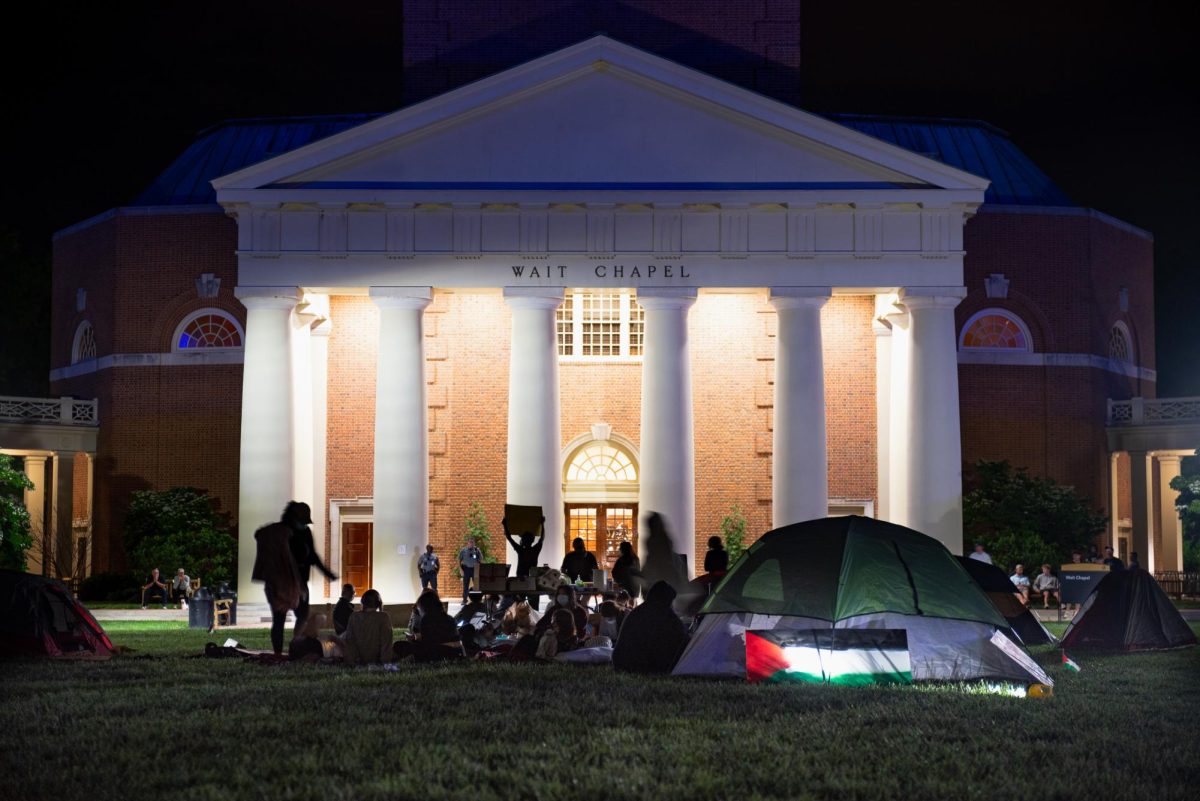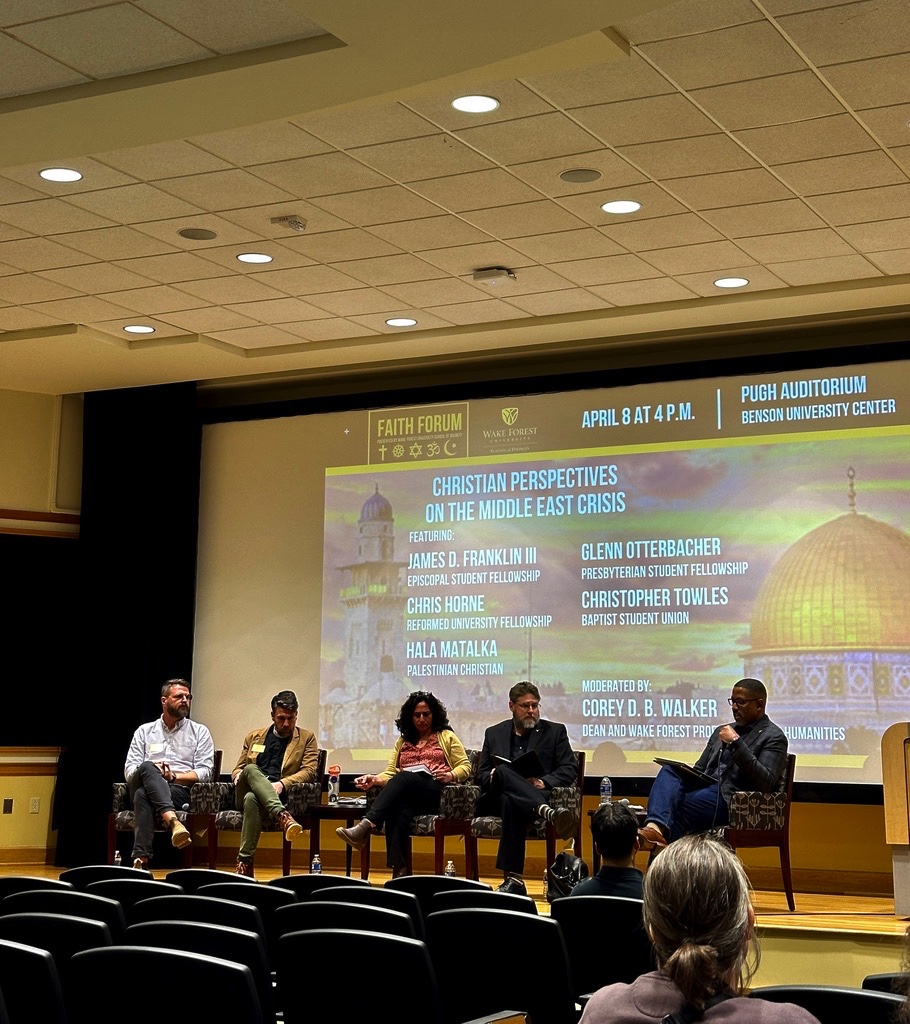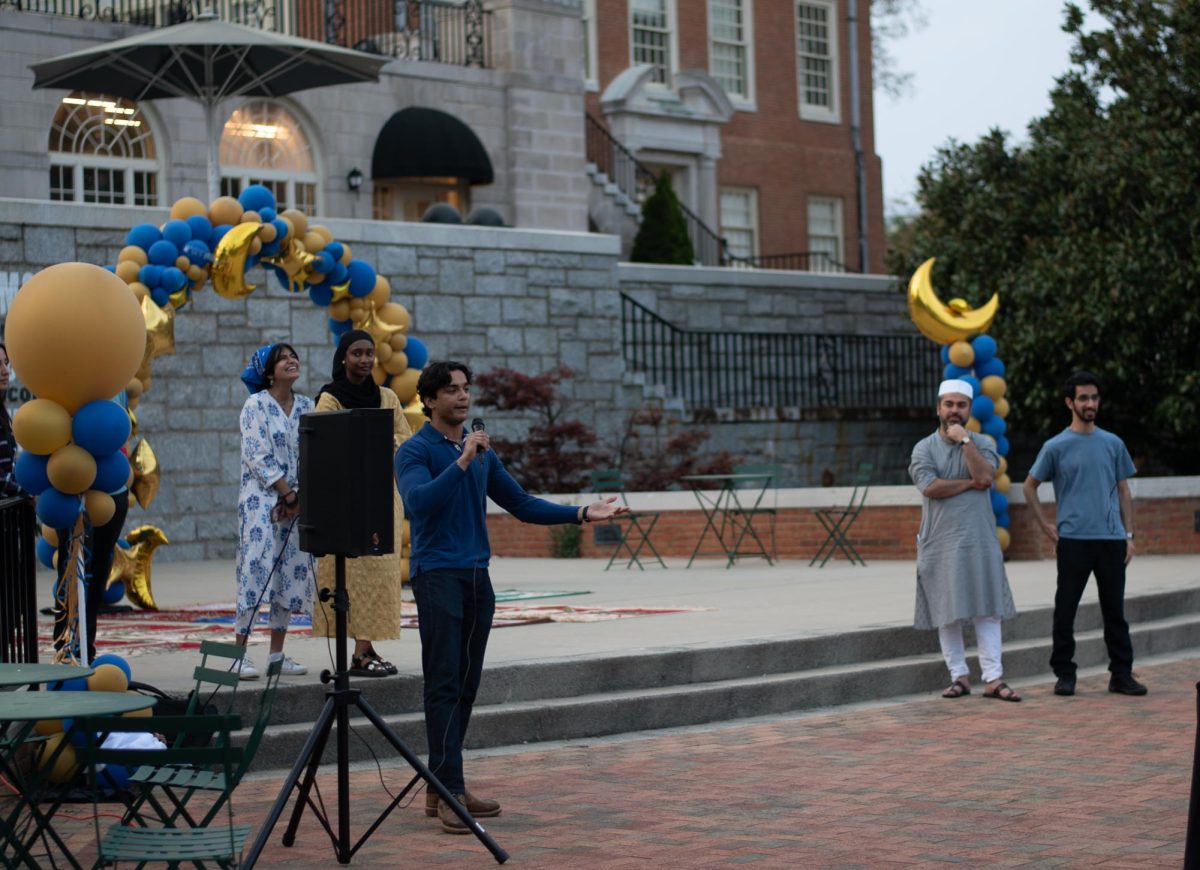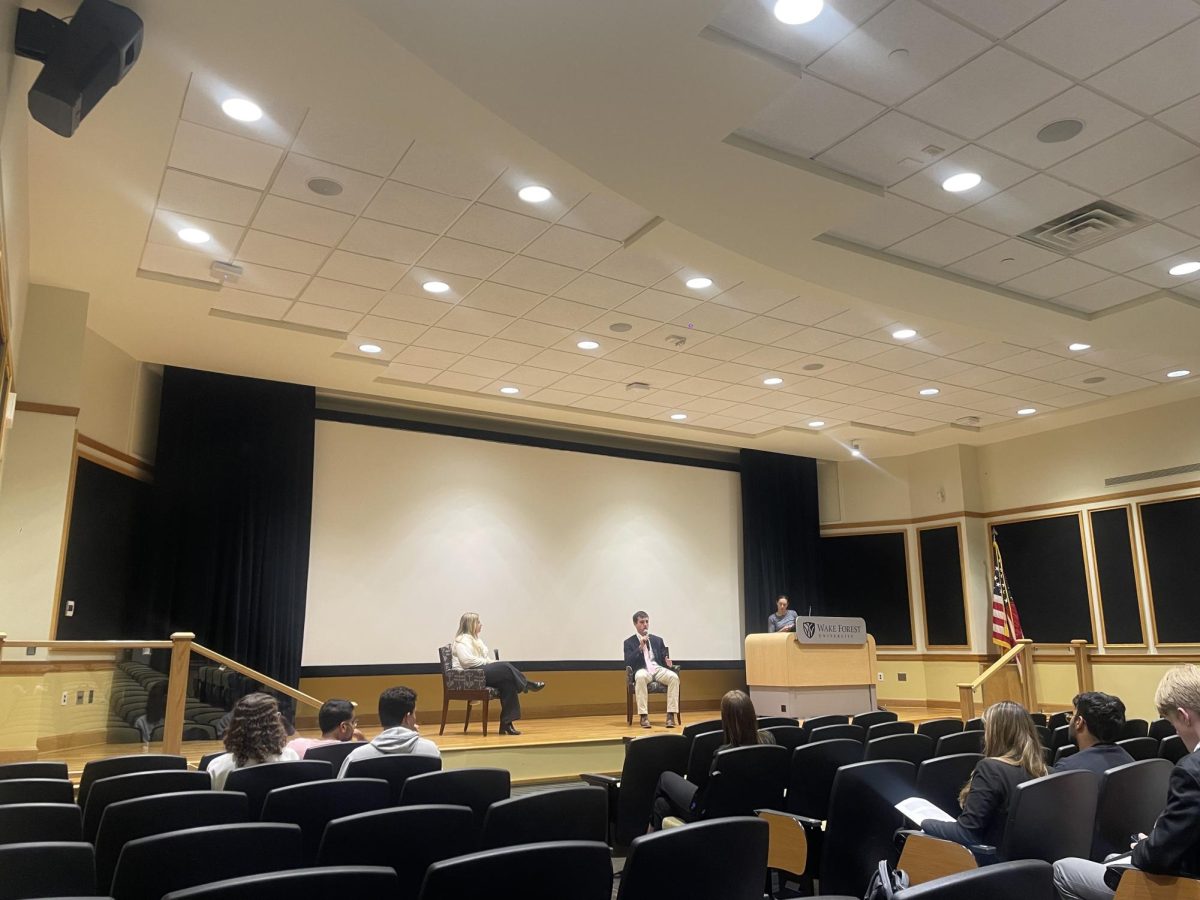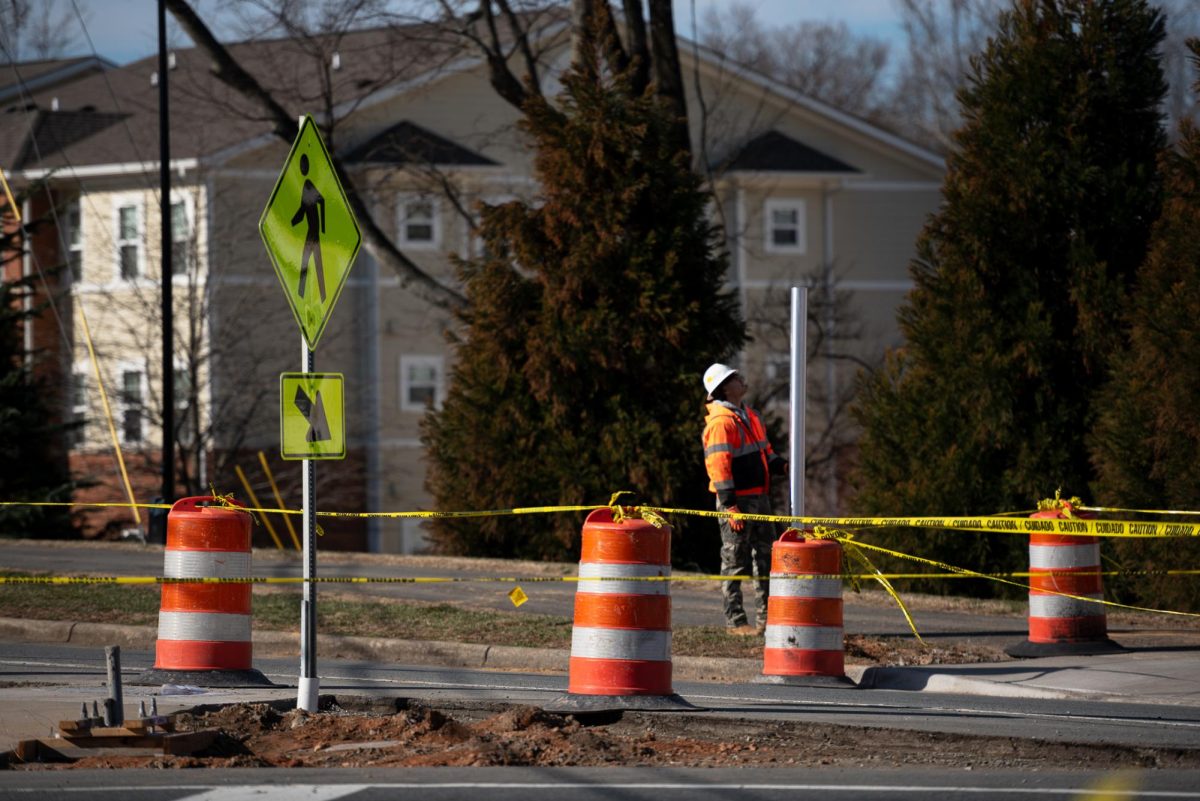Wake Forest ended racial segregation in its undergraduate college in 1962, according to a Wake Forest timeline on the Special Collections and Archives website of ZSR Library. But even with the 57 years between then and now, racial tensions continue to crop up on campus.
Over the summer, President Nathan Hatch announced the establishment of the President’s Commission on Race, Equity and Community in a campus-wide email. It’s charged with assessing Wake Forest policies and practices in order to make “actionable recommendations” to the administration and has been meeting throughout this semester. The goal is to draft the recommendations in the spring.
In recent years, videos of students using racial slurs, pictures of current administrators posing in front of Confederate flags in past editions of the Howler and racist hate emails sent to faculty and staff have raised awareness of lingering problems surrounding race on campus.
The commission “will help us work toward a community of belonging by seeing what the obstacles are and what sorts of recommendations could fix them,” said commission co-chairs José Villabla, the vice president for diversity & Inclusion and chief diversity officer, and Erica Still, the associate dean for Faculty Recruitment and Diversity & Inclusion, in an email interview.
Faculty members, administration members and students make up the rest of the commission. A full list, along with meeting minutes, is available on community.wfu.edu. There have been three commission meetings so far, which are scheduled monthly.
As of now, the group has discussed “the basic logistics for [their] work, [their] expectations for the Commission and the scope, gravity and potential impact of [their] efforts,” according to the co-chairs. The rest of the semester will be focused on current policies and best practices. According to commission member sophomore Ally Swartzburg, the commission was told not to consider scale or funding as roadblocks.
There are also six subcommittees within the commission that have also been meeting monthly. They are centered on academic initiatives, community engagement, equity and employment, evaluations and accountability, student recruitment, financial aid, retention and student social belonging.
Swartzburg is a member of the student social belonging committee. One thing her committee has discussed is the distribution of student social spaces and “how having a space or not having a space might impact student groups and different populations,” she said. Beyond that, she says that they have talked about “intergroup dialogue, resident life and the recruiting side of admissions.”
As a whole, the commission is trying to break down what Swartzburg described as “wall between the picture of Wake Forest that stereotypical students have and the picture of Wake Forest and the experience of Wake Forest that more marginalized groups have.”
What the commission will have to decide, though, is how exactly they want to do that.
Some members are more in favor of making large, sweeping changes, while others want to the change to be more subtle, according to Swartzburg. Moreover, the existing mistrust and frustration toward the administration can play a role in the commission’s calculus as well. Some students and faculty have been upset with not only with recent incidents and the myriad ways in which race impacts the lived experiences of minority students, but also with the response of the administration to these problems.
“We have this commission because Wake Forest hasn’t been forthright about addressing the truth about its past or taking positive affirmative action to try to improve the composition of students, faculty and staff,” said Joseph Soares, professor and chair of the sociology department. “We haven’t done enough.”
Although the commission doesn’t want to undersell its capabilities, it also is not in its own interest to make promises that will take a long time to follow through on, thus perpetuating the mistrust, Swartzburg said. That is an idea she said the commission is still navigating.
Soares is on the steering committee for the Slavery, Race, and Memory Project, which has been working to research the history of Wake Forest’s relationship with slavery and its implications. Although he admitted to having an outsider’s perspective on the President’s Commission on Race, he still holds his doubts.
“If all it does is spend a year writing a report that then goes to the president for the president to then discuss what are we going to do, I think it’s likely very little will get done,” he said. “My fear is that at the end of the year there will be a report, and it will lead to us having a meeting and a speech, and we’ll all feel good that we’ve done something when very little has been changed.”
To him, the university should be pursuing the demands made last spring by the student-led Anti-Racism Coalition, such as renaming buildings on campus and having more outreach to increase diversity in both the student body and faculty.
Villalba and Still said that the work of the commission and other recently established initiatives on campus, like the Committee on the Intersection of Bias, Expression and Conduct, “will advance the efforts made by this institution to minimize the impact of structural and system discrimination.”
“These groups are composed of students, staff, faculty, Board of Trustee members, residents of Winston-Salem and alums,” Villalba and Still said. “And yet we all recognize that ‘resolving problems surrounding race on campus’ will take every member of our community working together toward the ultimate and aspirational goal of making Wake Forest a welcoming and valuing campus.”
Either way, there is at least a semester’s worth of meetings between now and any final product.
“It’s a room with a lot of people with a lot of opinions,” Swartzburg said. “Faculty have a lot of opinions, and their opinions are a lot different than administrators and are a lot different from students. And it’s a roomful of us.”



